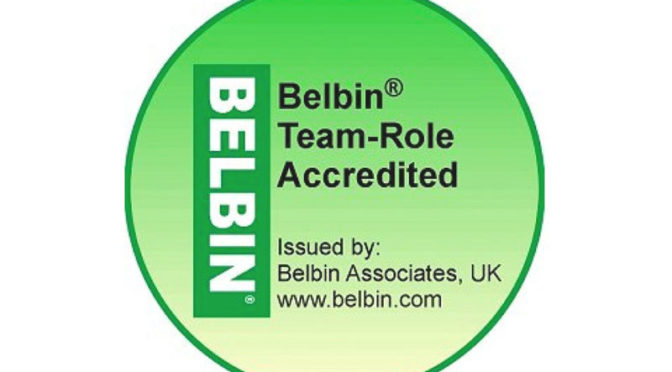Over a period of nine years in the late seventies and early eighties Dr. Meredith Belbin, at Henley Management College in England, put hundreds of managers through a series of psychometric tests and observed them working in teams of varying composition while working on complicated management exercises.
Dr. Belbin identified clusters of behaviors relevant to the success of the teams based on different core personality traits, intellectual styles, and behaviors. Each of the nine clusters of behavior were given a name. They are known as “team roles”. A team role, as formally defined by Dr. Belbin, is “a tendency to behave, contribute, and interrelate with others in a particular way.” As a result of Belbin’s work, it became clear that teams comprising a balanced mix of team roles outperformed unbalanced teams. For example, teams comprised with an unbalanced number of creative idea generators (“Plants”) will not perform as well with one comprised of one idea generator. Plants need to be balanced with XX, XX.
Dr. Belbin’s team-role theory enables an individual or team to benefit from self-knowledge and adjust according to the demands being made by the external situation. It is also useful in understanding how people can best be utilized within an organization or team. It can be used in part to create a team effectiveness strategy. The Belbin Team Role profile is an instrument intended to identify an individual’s “most preferred”, “least preferred” and “manageable” team roles. It can be completed as a self-perception inventory but it is best when combined with an independent assessment from 4 colleagues. The results form the basis of the “workshop”.
Common Themes:
Team Roles Examined
- A look at the nine team roles, their contribution to the team, and the drawbacks to overplaying ones strengths.
Self Perception Assessment vs. Observer Assessments
- An examination of a person’s results and how to interpret their results in relation to other colleague’s assessments. Additionally how observer assessment information relates to strengths and weaknesses in your preferred and least preferred team roles
Self Awareness and Mutual Understanding
- A discussion designed to heighten each person’s awareness of their natural preferred team roles and to develop mutual understanding of other team member’s team roles.
Team Role Chemistry
- An understanding of where conflict may be expected in different team roles; the reasons why and strategies regarding how participants can best align with different team roles and potential behavior to avoid unnecessary conflict.
Personal Improvement
- Strategies to improve upon least preferred roles and how to compensate for those deficiencies. Recognition of when to adapt manageable roles when necessary.
Program Options:
Full Day
- Classroom based theory on the specific concepts stated above with a mind towards a better understanding of the components of a high performing team
Two Day
- A full day as above combining with more in-depth experiential activities designed to better see the relationship between team roles and to put them into a real life situation. More in-depth work is performed relating to participant’s personal work style and a counseling report designed to spell in more depth how a participant’s strengths can be best utilized as well as how to improve about individual deficiencies.















